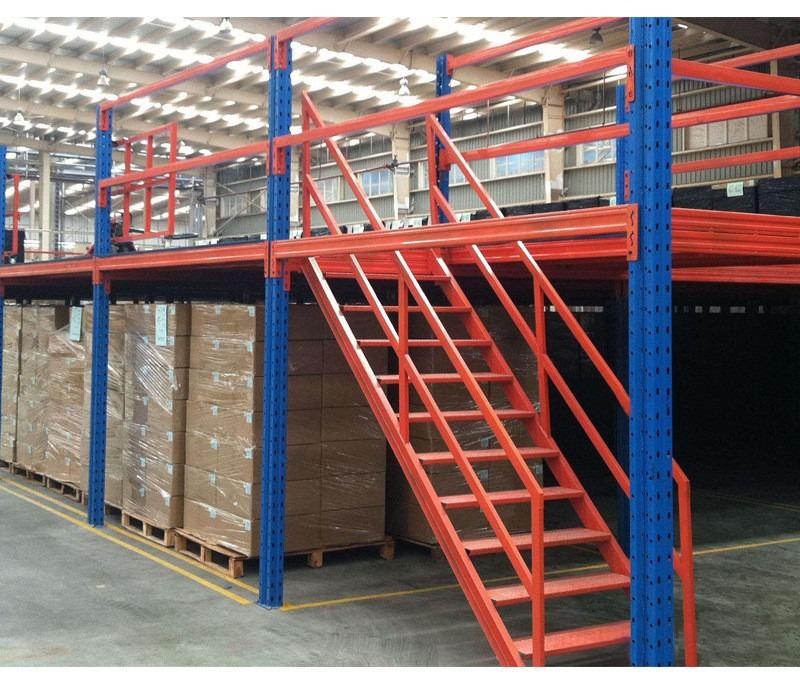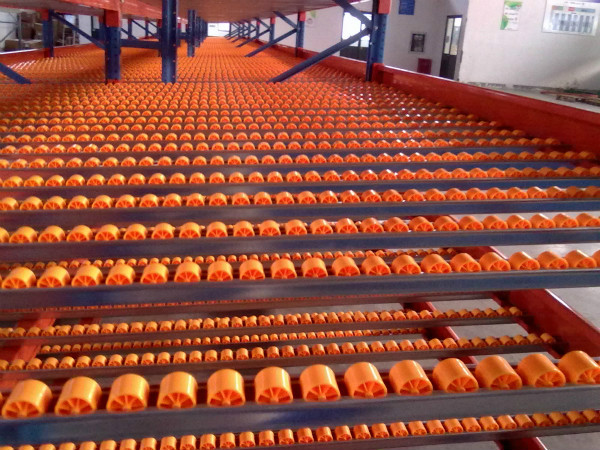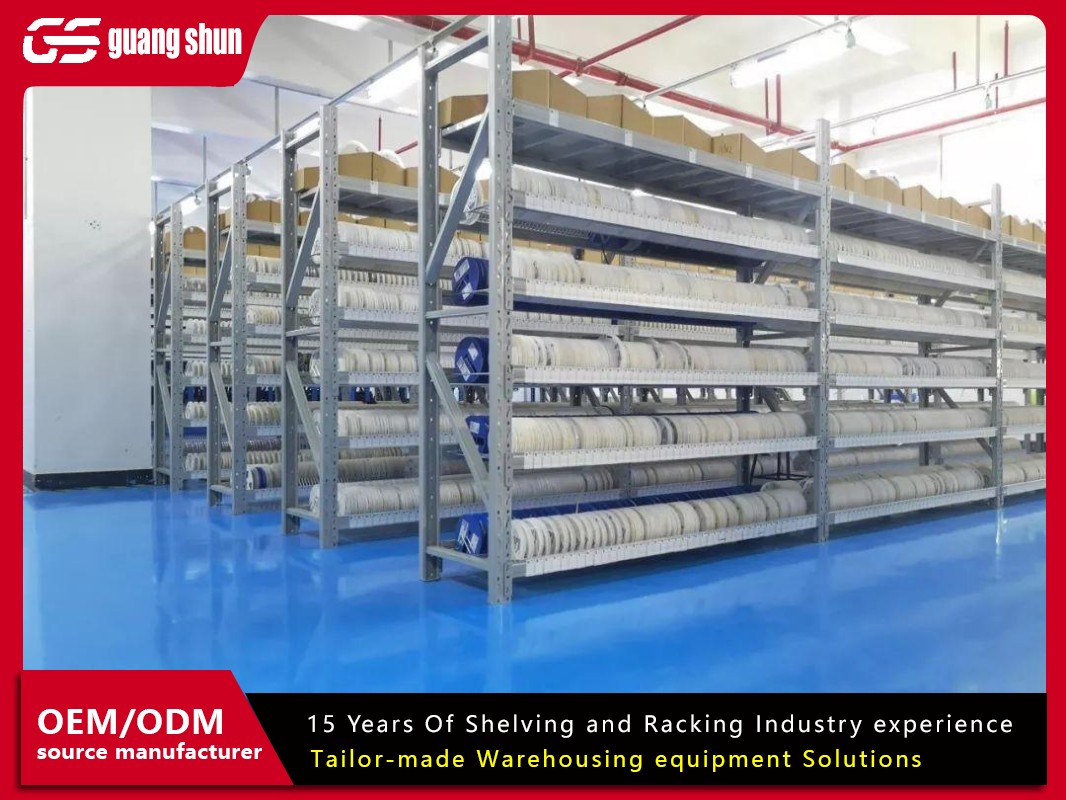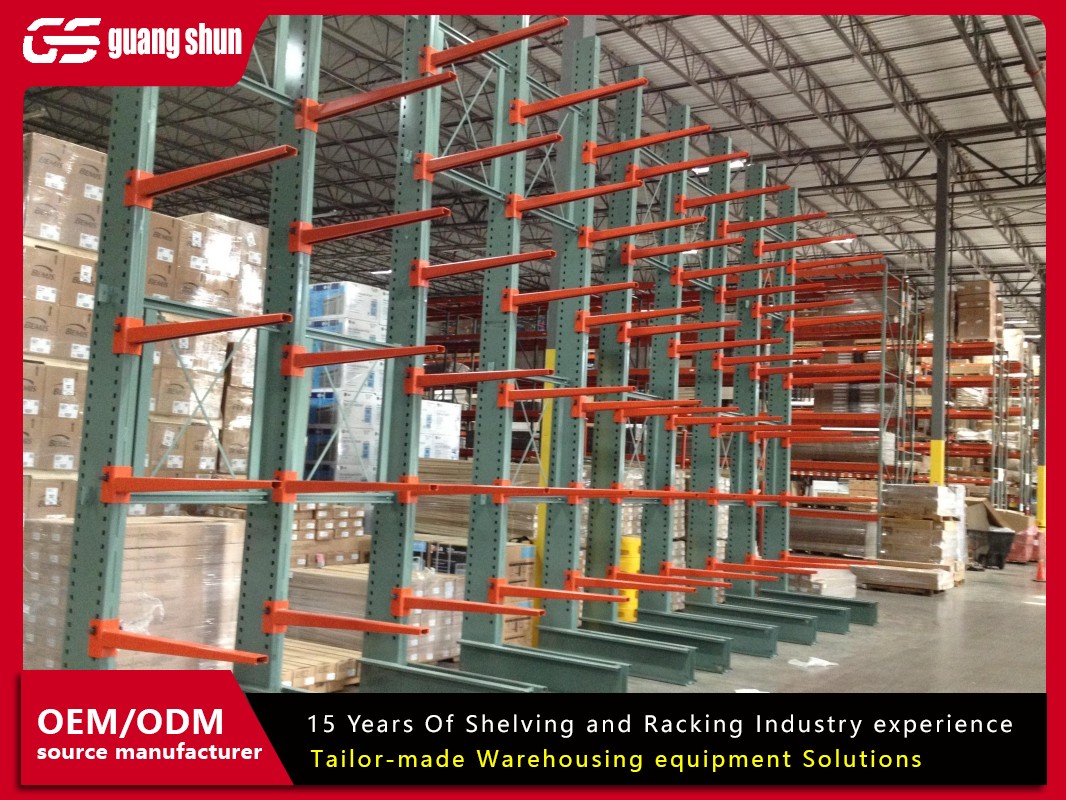Every square foot of warehouse space is a precious commodity. For businesses that store paint, coatings, and other liquid products in cans or drums, disorganization isn't just an inconvenience—it's a direct hit to profitability and safety. Spills, lost inventory, and inefficient picking times can drain resources quickly. This is where a specialized paint racking system transforms from a simple storage solution into a strategic business asset. Selecting the correct system, however, is not a one-size-fits-all decision. It requires a careful evaluation of your specific operation. This article breaks down the five most critical factors to consider before investing in a new storage infrastructure for your paint products.

What Exactly is a Paint Racking System?
At its core, a paint racking system is a structural framework designed specifically to store containers of paint, stain, varnish, and similar products. Unlike generic shelving, these systems are engineered to address the unique challenges of storing liquid in containers. They prioritize factors like weight distribution, container size standardization, accessibility, and spill containment. The primary goal is to maximize storage density while ensuring every single can or drum is easily identifiable, reachable, and secure. Implementing a dedicated system for your paint storage is the first step toward a safer and more streamlined warehouse.
The Unignorable Benefits of a Specialized System
Why go through the trouble of a specialized system? The advantages are tangible and directly impact your bottom line.
Maximized Space Utilization: By leveraging vertical space and implementing high-density storage designs, you can dramatically increase your storage capacity within the same footprint. This delays the need for expensive facility expansions.
Enhanced Inventory Management: A well-organized paint racking system allows for clear labeling and logical organization by SKU, color, or batch number. This makes cycle counting a breeze and drastically reduces the time workers spend searching for specific products.
Improved Worker Safety: Storing heavy paint cans on the floor or on inadequate shelving is a major safety hazard. Proper racking provides secure, tiered storage that minimizes the need for excessive bending and reaching, reducing the risk of musculoskeletal injuries and dangerous spills.
Increased Operational Efficiency: An intuitive layout means faster picking and restocking. When workers can navigate the storage area quickly and retrieve items without obstacles, the entire fulfillment process speeds up, leading to higher order throughput.
Key Considerations Before You Invest
Before you contact a supplier, take a close look at your own operation. The answers to these questions will guide you toward the ideal paint storage solution.
1. Analyzing Your Inventory Profile
What does your inventory actually look like? Start by cataloging the types and sizes of containers you handle. Do you primarily store small 1-gallon cans, or do you deal with large 55-gallon drums? The weight and dimensions of your stock are the most fundamental drivers of your racking choice. A system designed for light cans will fail under the load of heavy drums. Furthermore, consider your product turnover. Do you need fast access to a wide variety of SKUs (requiring a pick-face friendly system), or are you storing large quantities of a few products for long periods (suited for high-density storage)?
2. Evaluating Your Available Space
The physical constraints of your warehouse are non-negotiable. Precisely measure the length, width, and, crucially, the clear ceiling height of the area designated for the paint racking system. Don't forget to account for overhead obstacles like sprinklers, lights, and ductwork. The floor condition and load-bearing capacity are also critical; some high-capacity systems exert significant point loads that not all floors can support. A professional assessment can prevent costly structural issues down the line.
3. Defining Workflow and Accessibility Needs
How do your employees interact with the inventory? If you operate on a First-In, First-Out (FIFO) basis, a drive-in or pallet flow system that automatically rotates stock might be necessary. If you are fulfilling many small orders with diverse SKUs, then selective pallet racking or sturdy shelving with wide aisles for order-picking carts would be more appropriate. The required speed of your operation will directly influence the style of racking for paint cans you select.

A Look at Common Paint Racking System Types
Once you've assessed your needs, you can explore the types of systems available.
Adjustable Shelving: Ideal for smaller cans and diverse product lines. These units are versatile and perfect for hand-loading and picking individual items.
Pallet Racking (Selective): The workhorse of many warehouses. It's designed to store unit loads on pallets, making it suitable for bulk storage of palletized paint cans or drums. It offers excellent accessibility to every SKU.
Cantilever Racking: This is often the top choice for storing long, bulky, or heavy items like lumber or... pipes? Yes, but it's also excellent for lengthy items related to paint, such as aerosol cans stored in boxes or certain types of industrial coating materials. Its open arms eliminate vertical posts, allowing for easy storage of awkwardly shaped products.
High-Density Systems (Drive-in/Flow): These are space-saving champions for bulk storage of products with low SKU count. Drive-in racking allows a forklift to drive directly into the rack structure, while flow systems use a gravity-fed roller bed to automatically move pallets to the picking face.
The Critical Question of Cost vs. Value
The price of a paint racking system can vary widely based on capacity, size, and complexity. It's tempting to choose the cheapest option, but this can be a costly mistake. Consider the Total Cost of Ownership (TCO). A slightly more expensive, robust system made from high-quality materials will have a much longer lifespan and require less maintenance than a flimsy, low-cost alternative. Factor in not just the purchase price, but also the cost of installation, potential facility modifications, and long-term maintenance. A reliable paint storage rack is an investment that pays dividends for years.
Installation and Ongoing Maintenance
Professional installation is highly recommended. An improperly installed racking system is a safety risk and may not perform as intended. Once operational, a routine inspection and maintenance schedule is essential. Check for any damage from forklift impacts, ensure all bolts are tight, and look for signs of corrosion or wear. A well-maintained paint racking system will serve your business reliably for its entire intended lifespan.
Choosing the right paint racking system is a strategic decision that hinges on a deep understanding of your inventory, space, and workflow. There is no universal best choice, only the best choice for your specific operation. By methodically working through these five critical factors—inventory profile, space constraints, workflow needs, system types, and true cost of ownership—you can make an informed investment that will boost your efficiency, safety, and profitability for the long haul.
Frequently Asked Questions (FAQs) About Paint Racking Systems
Q1: What is the average weight capacity for a typical paint racking system?
A1: There is no single "average" capacity, as it varies dramatically by system type. Light-duty shelving for quart or gallon paint cans may have a capacity of 200-500 lbs per shelf. In contrast, industrial pallet racking for bulk storage can easily handle several thousand pounds per pallet position. The capacity must be carefully matched to the weight of your loaded pallets or containers.
Q2: Can a paint racking system be customized for oddly shaped containers?
A2: Yes, customization is a key feature of many industrial storage solutions. For non-standard container shapes, such as large pails or elongated boxes, systems like cantilever racking or custom-configured shelving with adjustable components can be designed to provide secure and efficient storage.
Q3: How long does it typically take to install a new racking system?
A3: Installation time depends entirely on the scale and complexity of the project. A small shelving unit for a back room might be assembled in a few hours. A large-scale, warehouse-wide paint racking system involving multiple aisles of pallet racking could take a professional crew several days or even weeks to complete, including anchoring and final safety checks.
Q4: Are there specific safety features to look for in a system for heavy paint drums?
A4: Absolutely. For heavy drums, look for systems with integrated load beams that have high weight ratings and positive safety locks. Wire mesh decking is also highly recommended to prevent drums from falling through and to contain any potential spills. Ensure the entire structure is designed to be anchored securely to the concrete floor to prevent tipping.
Q5: What is the typical lead time from ordering a system to its delivery?
A5: Lead times can vary based on the manufacturer and the complexity of your order. For standard, off-the-shelf shelving, you might see delivery within 1-3 weeks. For large, custom-engineered paint racking systems, the lead time could extend to 6-10 weeks, accounting for the engineering, fabrication, and shipping processes. It's crucial to plan your project timeline accordingly.







